Renewing Memories – Cartoonist Chronicles210204
Skip to commentsThere has been a persistent myth that Napoleon was a short man, when in fact he was 5 feet 7 inches tall which was above average height at the time.
James Gillray, a British cartoonist helped directly influence this myth, consistently drawing the French leader as a short figure surrounded by tall British adversaries.
R.K. Laxman’s iconic Common Man cartoons graced the pages of the Times of India for decades, lampooning politics and Indian life.
The cartoons, featuring the distinctive common man, with Gandhi-glasses on his nose, checked coat and dhoti, were known for their excellent satirization of the daily spectacles going on in the country at any given moment.
ED Times Youth Blog takes an international look at some famed political cartoons through the ages.
The next piece is narrowed down to one time period and location.
But the makers of the pictures around here were, as I said, revolutionaries. They were all members of the Dutch Treat Club, an organization perpetuated in defiance of custom, orderliness, delicacy, and propriety.
The Dutch Treat Club began innocently enough. James Montgomery Flagg, who was president of the Club for years, says it started in 1911; other sources say 1905. Perhaps both. But it was a Tuesday in each iteration.
Of course…
No history of the Dutch Treat Club can proceed very far without confronting the issue of nakedness.
R.C. Harvey treats us to a history of a famous artists and illustrators club. nsfw
When we highlighted some books about Black cartoonists a few days ago there was supposed to be a link to to a Black owned comic strip syndicate to keep you occupied until a couple of those books were fast tracked to your front porch. But your absent-minded correspondent forgot to link.
So here’s Allan Holtz on the Smith-Mann Syndicate.
As is his habit Richard Marschall sends me on a sentimental journey through the past.
Many of us cut our eye teeth on Dover books. Their variety of titles often introduced us to great artists of the past, and amazing works. And then, unless we happened already to know someone’s work, Dover books would feed our creative and intellectual appetites.
I am sure many readers share my own experience with Dover – and maybe with the very same books – as I first discovered in grade school and high school the work of Heinrich Kley, Wilhelm Busch, Howard Pyle, Peck’s Bad Boy, and the “color” Fairytale books of Andrew Lang.
Richard tells the background of a favorite early (comic) book publisher.
Though the rumors of Dover’s death are premature.
The company continues through bankruptcy proceedings.
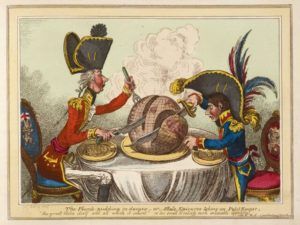
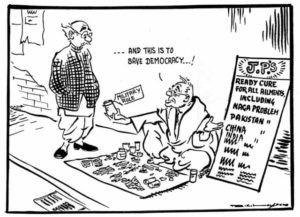
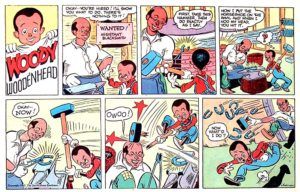
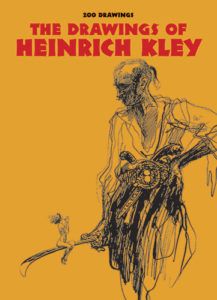
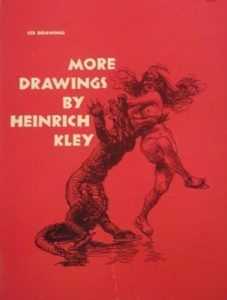
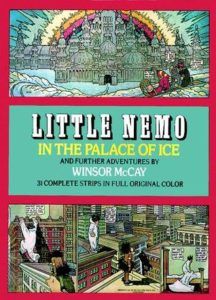
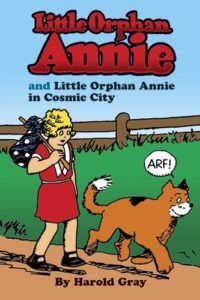
Comments
Comments are closed.